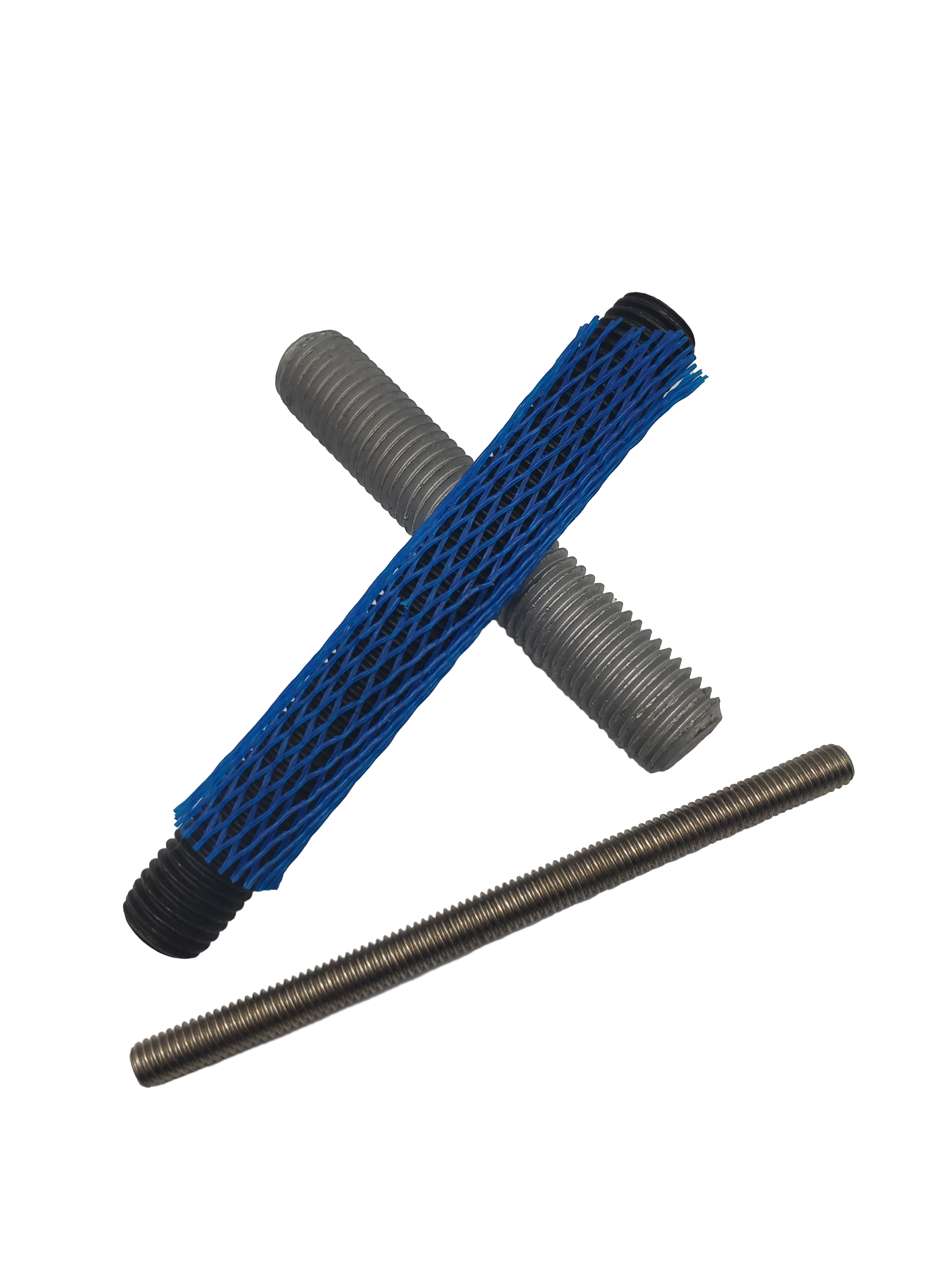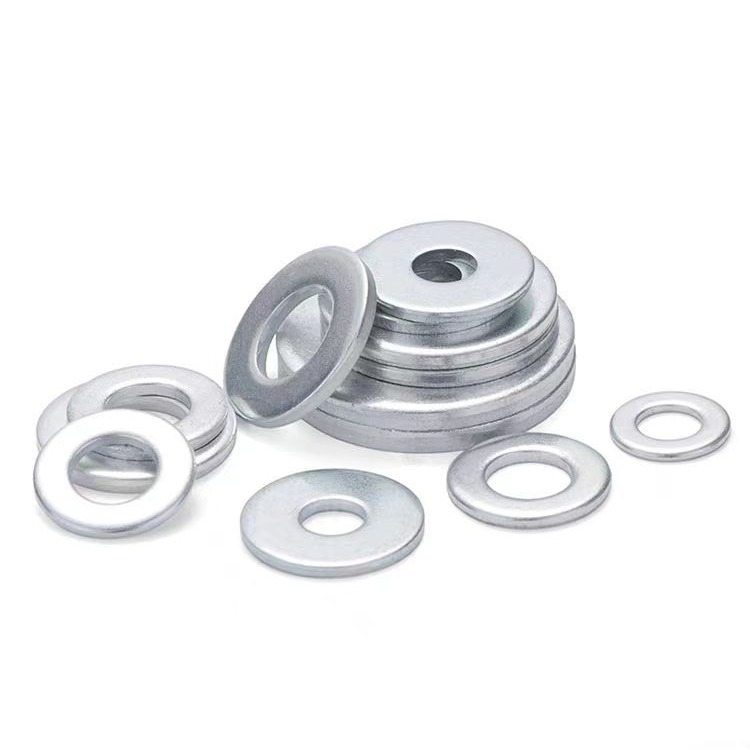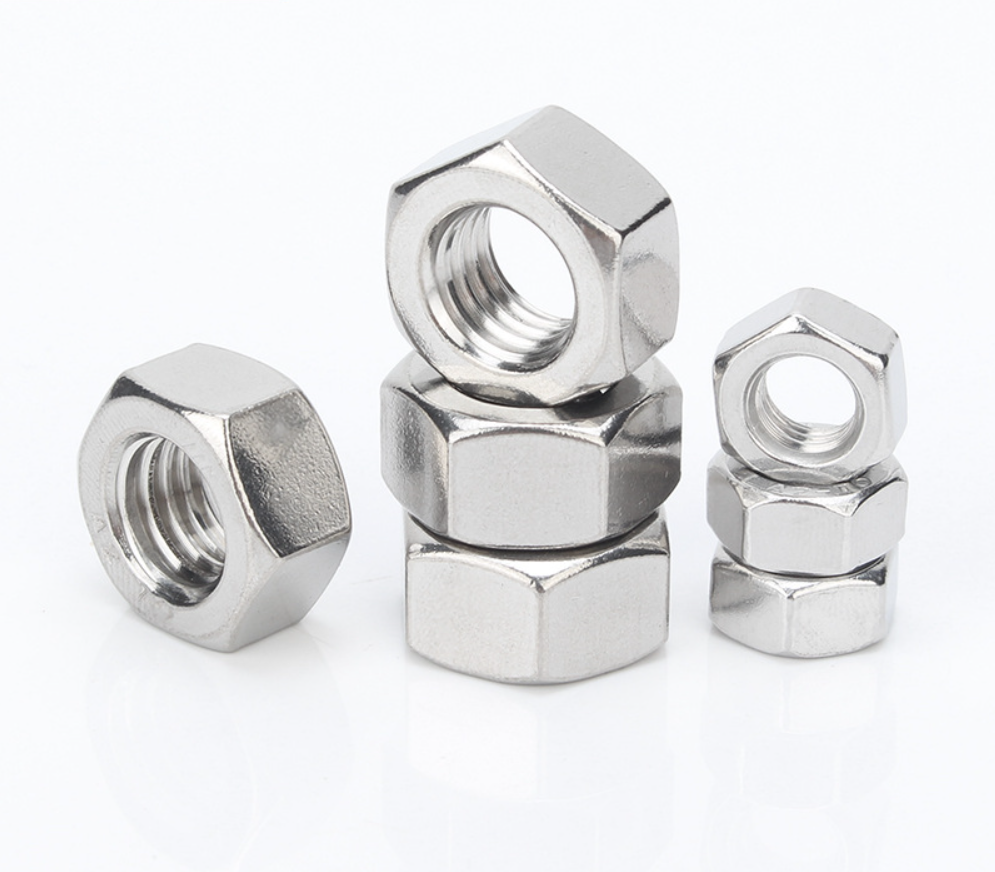precision metal stamping parts
Precision metal stamping parts represent a cornerstone in modern manufacturing, offering unparalleled accuracy and consistency in metal component production. These components are manufactured through a sophisticated process that involves using specialized tools and dies to transform flat metal sheets into specific shapes and configurations. The technology combines advanced CNC machinery with precise tooling to achieve tolerances as tight as +/- 0.001 inches. These parts find extensive applications across various industries, from automotive and aerospace to electronics and medical devices. The process excels in high-volume production while maintaining exceptional quality standards and dimensional accuracy. Modern precision stamping incorporates progressive die technology, allowing multiple operations to be performed in sequence, thus increasing efficiency and reducing production time. The versatility of this manufacturing method accommodates various materials, including steel, aluminum, copper, and brass, making it suitable for diverse applications. Quality control measures, including real-time monitoring and automated inspection systems, ensure consistent output meeting strict industry standards. The process also supports secondary operations such as plating, heat treatment, and surface finishing, providing comprehensive manufacturing solutions.


